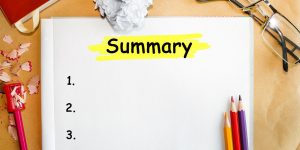

Students read historical fiction this term. The novels, White Jade Tiger and Blood and Iron reveal some of the circumstances and historical injustices faced by Chinese immigrants in British Columbia. Students participated in weekly discussion groups where they would ask questions, make connections, highlight literary passages and discuss rich vocabulary. Their culminating assignment was to prepare a one-pager showing their understanding of the connection between the novels’ story and themes.
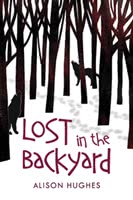
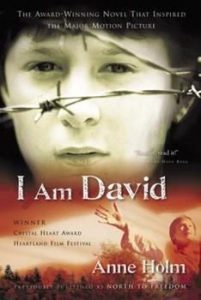
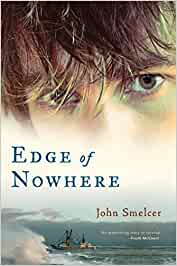
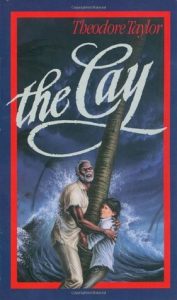
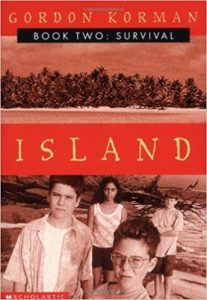
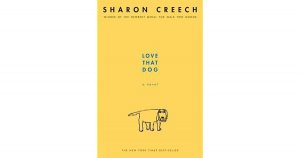
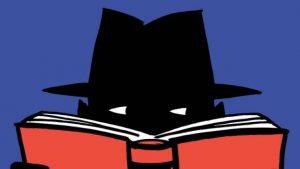



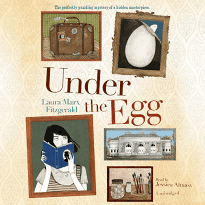




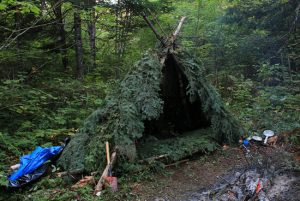 n spends more and more time lost in the wilderness behind Joe and Ellen’s house, he begins to realize that his survival depends on finding solutions to the problems he encounters. This city boy is starting to think more like his outdoorsy sister. What problems is Flynn encountering in the woods? What is he doing to try to solve these problems? What other survival techniques could Flynn use? How has shifting from a fixed-mindset to a growth-mindset improved Flynn’s chances of surviving and being rescued?
n spends more and more time lost in the wilderness behind Joe and Ellen’s house, he begins to realize that his survival depends on finding solutions to the problems he encounters. This city boy is starting to think more like his outdoorsy sister. What problems is Flynn encountering in the woods? What is he doing to try to solve these problems? What other survival techniques could Flynn use? How has shifting from a fixed-mindset to a growth-mindset improved Flynn’s chances of surviving and being rescued?